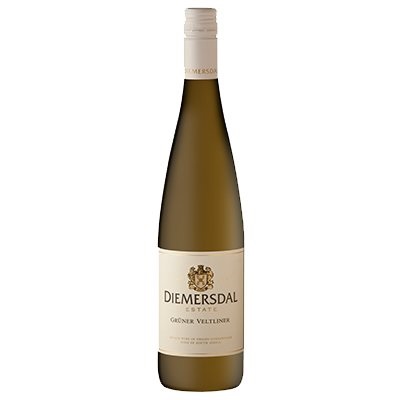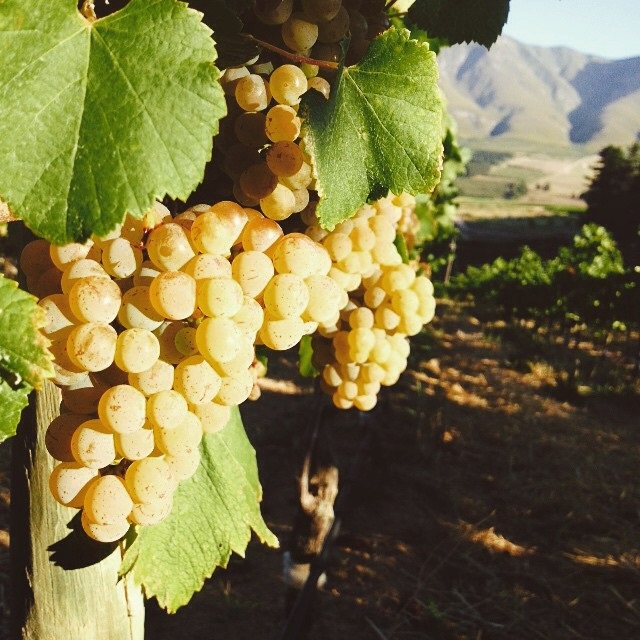VARIETAL DIVERSITY
The publication SA Wine Industry 2017 Statistics Nr 42, issued by SAWIS (South African Wine Industry Statistics), offers a pretty comprehensive insight into this industry; everything from grapes crushed to Excise Duty on the various categories of wine and spirits.
Viewed accumulatively, statistics are more than just numbers; they also tell a story. One causing concern is the decreasing number of primary grape producers. From 3999 in 2007, ten years later, the number has decreased to 3029. There’s been a similar decrease in vineyards: current figures total 94 545 hectares, compared with 2007s 101 957 ha. The story is clear: other crops are more profitable than vines.
New vineyards are, of course, being planted and it is here there is cause for optimism. Granted, nothing much changes in the dominance of the big five: Chenin Blanc, Colombard (mainly a brandy grape), Cabernet Sauvignon, Shiraz and Sauvignon Blanc but it’s the last categories SAWIS lists, Other white varieties and Other red varieties, that deserve scrutiny. Between them they might account for only 7% of those 94 545 ha, but they include several varieties new or fairly new to South African soil.
Perusing SAWIS details for varieties planted in 2017 reveals Albariño increased by 2.37 ha, bringing the total to 14.95 ha. The Newton Johnson family were the first to grow and produce this Spanish variety, their maiden 2013 accounting for all of eight litres. Encouraged by the wine’s quality and acceptance, they’ve planted more. Other producers have taken cuttings from them. Springfield’s Abrie Bruwer will preview his first Albariño at Cape Wine in September, while Ginny Povall of Botanica will have her first vintage in 2019.
The maiden vintage of Thys Louw’s Diemersdal Grüner Veltliner was also 2013; last year he added a further 2.16 ha with a further 2 ha going in shortly when Grüner in South Africa will total 7 ha.

Particularly rewarding is that both these varieties remain true to type with their own local slant, so add welcome diversity to the South African wine scene.
The Rhône has for a long time been well-represented by Shiraz and to lesser extent, by Viognier; now Marsanne (totaling 20.21 ha) and Roussanne (81.42 ha) are gaining popularity, mainly in blends, but a few varietal wines too.
Portugual is represented by a widely-planted 75 ha of Verdelho, again mainly used in blends, with a few striking varietal examples.

V is also for Viura, all of 3.64 ha of this Spanish grape (I have no knowledge of any local wines from these grapes) and Vermentino, some on Morgenster but the sole varietal example from 2 ha planted on the Dalpiaz family farm, Ayama.
Soon to feature on the list, significantly in view of climate change, will be highly-regarded Greek white variety, Assyrtiko; experiments with the 2.43 ha of Greek red, Agiorgitko are already underway.
Other newcomer reds include Sicilian grape, Nero d’Avola, early vintages from Bosman Family Wines 1.95 ha indicate it deserves greater attention.
Sangiovese, the great red grape of Tuscany, has better representation at 70 ha, but perhaps has yet to show its true potential.
With climate change in mind, South African producers will be on the lookout for more varieties suited to and increase diversity in our winelands.
- Angela Lloyd